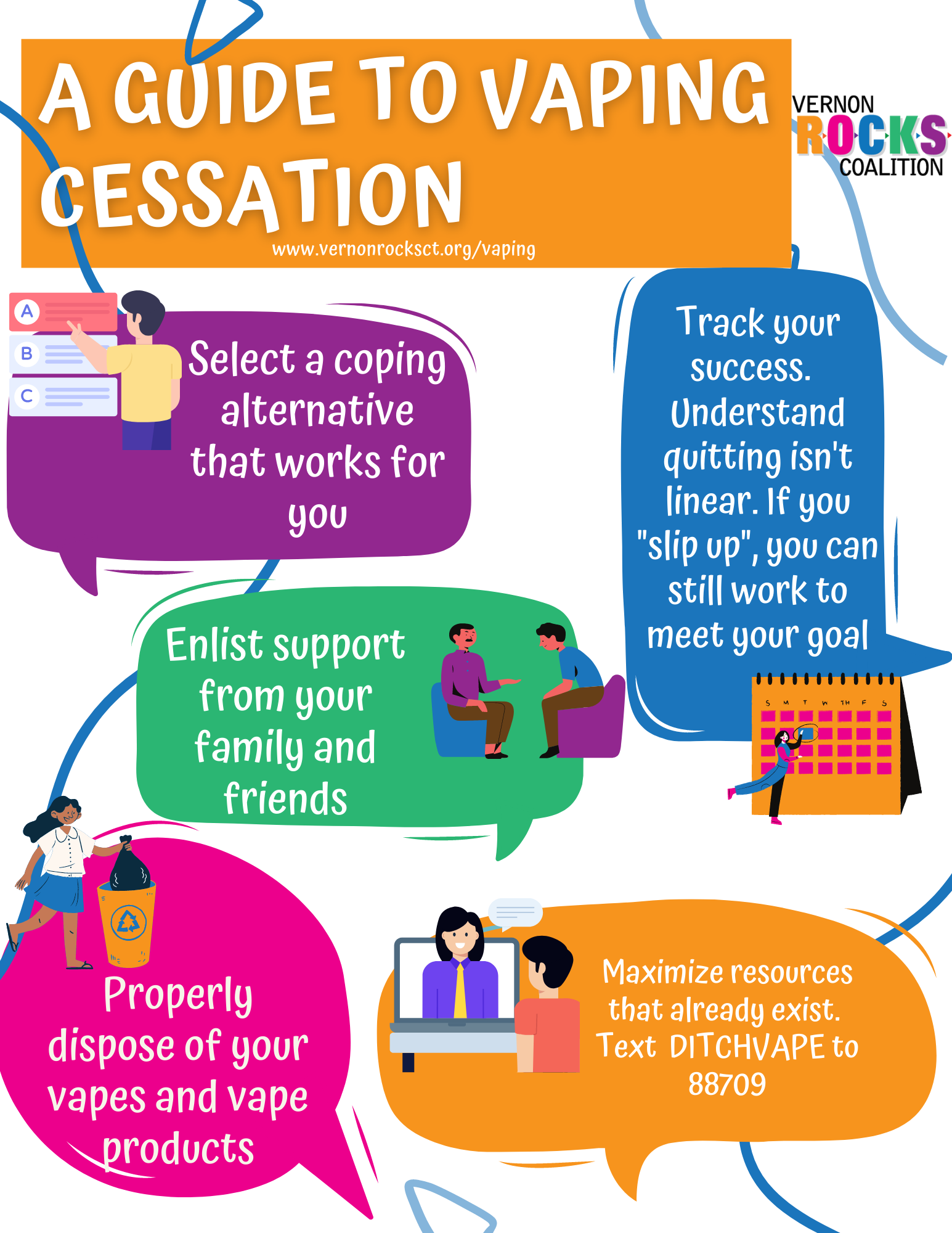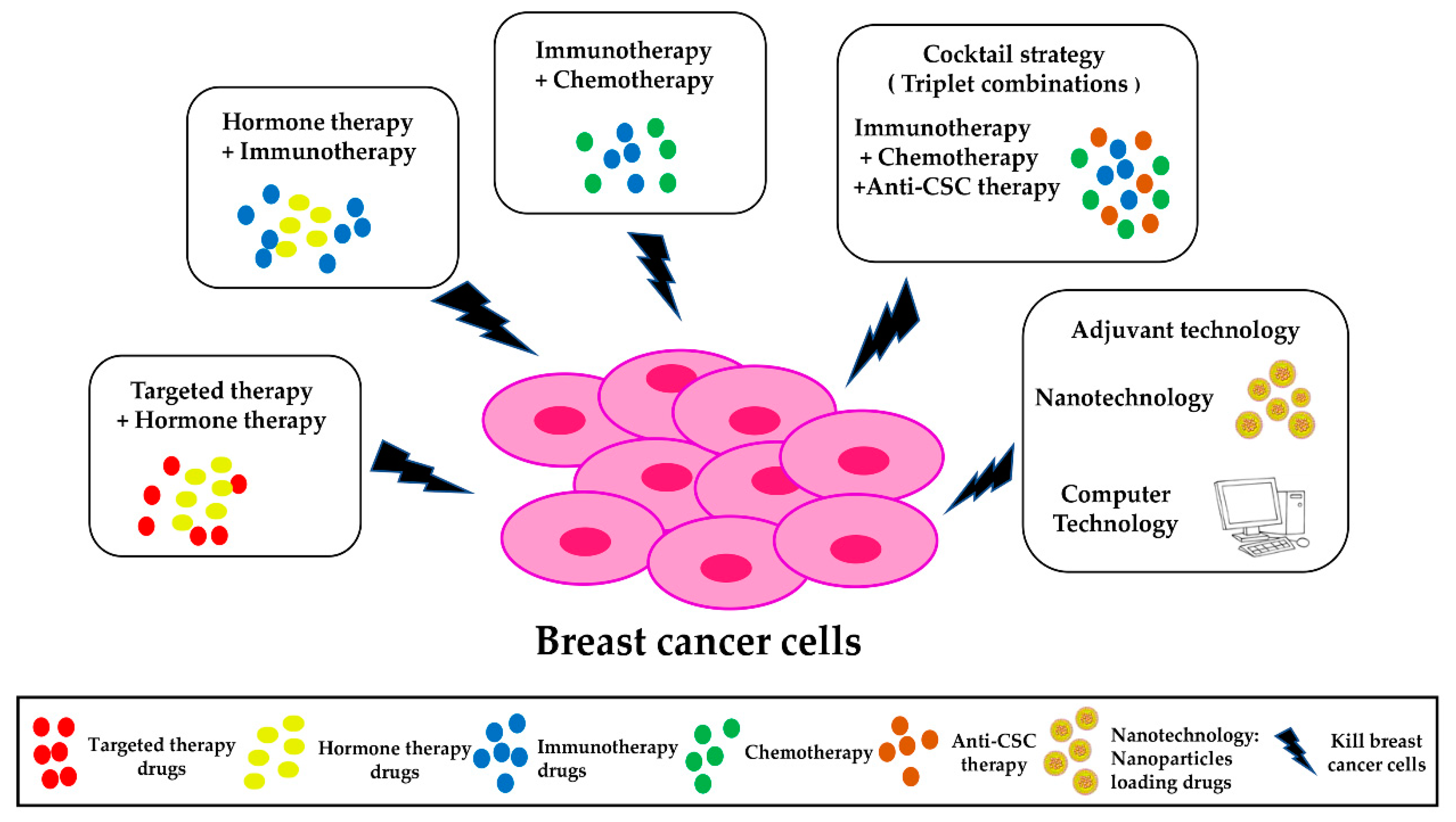The vaping cessation pill, varenicline, has emerged as a groundbreaking solution for those struggling to quit vaping, particularly among teens and young adults. Recent clinical trials reveal that individuals aged 16 to 25 using this FDA-approved medication are over three times more successful in overcoming their nicotine addiction compared to those only undergoing behavioral counseling. With the alarming rise in teen vaping, which has seen 25% of young adults and 8% of high schoolers reportedly using e-cigarettes, the urgency for effective cessation methods has never been greater. Varenicline not only aids in quitting nicotine use but also poses no risk of leading users to a relapse into traditional smoking, making it a safe choice for vaping cessation. As we confront the public health crisis posed by vaping among youth, champions like varenicline provide a glimmer of hope in the fight against nicotine addiction.
In the world of vaping cessation, alternative therapies are gaining traction, notably through the use of the prescription medication known as varenicline. This smoking cessation pill has shown promising efficacy in helping smokers—especially younger individuals—break free from their vaping habits. With increasing attention on nicotine dependence and its consequences for teen health, methods aimed at reducing or eliminating vape use are critical. By leveraging pharmacological interventions in combination with behavioral support, individuals can achieve better outcomes in their efforts to quit nicotine. As public health officials continue to address the challenges surrounding e-cigarette use, innovative solutions like varenicline play a vital role in safeguarding the well-being of our youth.
Understanding Vaping and Its Health Risks
Vaping has surged in popularity, particularly among teens and young adults, creating a significant public health challenge. The aerosol produced by vapes contains not only nicotine but also harmful substances that can lead to unpredictable health issues. Nicotine addiction is a major concern, as it can pave the way for future substance dependencies, making it essential for young users to seek help in quitting. Studies have shown that early exposure to nicotine can increase the likelihood of trying other addictive drugs later in life.
The health risks associated with vaping extend beyond nicotine addiction. Vapes can contain carcinogens and heavy metals, exposing users to potential long-term health complications like pulmonary inflammation and respiratory illnesses. As more adolescents turn to vaping as a cigarette alternative, it is critical to address these health threats through effective smoking cessation programs tailored to the unique needs of young users.
The Role of Varenicline in Vaping Cessation
Varenicline, an FDA-approved smoking cessation pill, has emerged as a beacon of hope for those looking to quit vaping. This medication works by affecting nicotine receptors in the brain, reducing cravings and withdrawal symptoms. Recent studies indicate that varenicline has been especially effective for teens and young adults, showing more than three times the success rate in quitting vaping compared to those receiving only behavioral counseling. This new finding emphasizes the importance of pharmacological support in overcoming nicotine addiction.
In clinical trials, it was noted that participants aged 16 to 25 who used varenicline not only had higher quitting rates but also remained clear of transitioning back to cigarettes. The combination of varenicline with behavioral counseling proved to have the best outcome, illustrating that a multi-faceted approach can address both the biological and psychological aspects of addiction. This development reflects a growing recognition of the need for accessible and effective treatments tailored specifically for a younger demographic.
Why Teens Are Turning to Vaping
The rise of vaping among teenagers can be attributed to a variety of factors, including social influence and the perception that vaping is a safer alternative to smoking traditional cigarettes. Many teens are drawn to the array of flavors and the perceived lower health risks associated with vaping. Unfortunately, this misconception can lead to significant nicotine addiction, which is increasingly difficult to overcome. Vaping can also serve as a gateway, leading teens to try even more harmful substances as they become accustomed to nicotine and its effects.
Moreover, the easily concealable nature of vapes has facilitated their use in schools and other public spaces, further normalizing the behavior among younger populations. Campaigns geared towards smoking cessation must address these underlying social dynamics while promoting education about the true risks of vaping. Only then can we hope to combat the epidemic of youth vaping effectively.
The Importance of Behavioral Counseling
While medications like varenicline play a crucial role in quitting smoking and vaping, the significance of behavioral counseling cannot be overstated. Behavioral therapy helps individuals develop strategies to cope with cravings, triggers, and emotional responses associated with nicotine addiction. For young adults, having structured support through counseling can make a substantial difference in maintaining long-term abstinence from vaping and reducing the likelihood of relapse.
Counseling also educates users about the nature of their addiction and empowers them with tools to resist peer pressure and other influences that may encourage vaping. A comprehensive treatment plan that includes both pharmacological and behavioral support creates a synergistic effect, enhancing the chances of successfully quitting and leading to healthier lifestyle choices in the future.
Future Research Directions in Vaping Cessation
Despite promising results for varenicline in vaping cessation among teens and young adults, there remains a pressing need for further research. Future studies should explore the efficacy of varenicline in younger age groups and compare it to other emerging therapies aimed at combating nicotine addiction in vape users. Understanding how various factors, such as the stress of adolescence and social environments, affect vaping behavior could also provide valuable insights into the most effective treatment approaches.
Moreover, integrating technology into cessation programs, such as mobile apps that track progress or offer real-time support, could enhance the effectiveness of existing treatments. The combination of pharmacotherapy, behavioral counseling, and innovative supportive technologies could revolutionize the way we help young people overcome nicotine addiction and quit vaping for good.
The Safety Profile of Varenicline
Safety is paramount when considering medications for quitting nicotine vaping, especially for younger populations. Clinical research has indicated that varenicline, when prescribed and monitored properly, is not only effective but also safe for use in adolescents. One of the critical findings from studies is that participants who successfully quit vaping using varenicline did not turn to cigarettes, alleviating concerns that such medications could encourage dual use.
As healthcare providers expand their focus to include younger individuals seeking help for nicotine addiction, it is crucial to educate them about the safety and efficacy of varenicline. Ensuring that patients understand their options, including potential side effects and benefits, can lead to more informed decisions and ultimately higher rates of cessation success.
Community Support in Vaping Cessation
Community support plays an essential role in helping teens and young adults quit vaping. Support groups offer a platform where individuals can share their experiences, challenges, and successes. These connections foster a sense of belonging and understanding, encouraging participants to stay committed to their cessation goals. Community initiatives that raise awareness about the dangers of vaping also play a significant role in prevention and provide vital resources for those seeking to quit.
In particular, peer-led outreach programs may resonate more with young users who often face unique social pressures. Engaging teens in discussions about the health risks of vaping and offering relatable success stories can inspire individuals to take action against their nicotine dependence. Creating these community-driven support systems can enhance existing cessation strategies and empower young individuals to make healthier choices.
The Role of Education in Preventing Teen Vaping
Preventing teen vaping requires a solid foundation of education and awareness. Schools and parents must work together to provide accurate information about vaping’s risks, including immediate health dangers and long-term addiction potential. Comprehensive educational programs that address the biological, social, and psychological aspects of nicotine addiction can equip young people with the knowledge necessary to make informed choices about their health.
Additionally, incorporating peer-led education initiatives can enhance engagement and relevance. When adolescents discuss these issues among themselves, it can create a safer environment for open discussions and foster a culture of health-conscious decision-making. By investing in education as a preventative measure, communities can create a healthier, vape-free future for the next generation.
Examining the Long-Term Effects of Vaping
Understanding the long-term effects of vaping is essential in framing ongoing discussions about nicotine addiction, especially among teens and young adults. Research is still emergent, but the early findings suggest detrimental effects on lung health, cognitive development, and increased vulnerability to other substance use disorders. These potential long-term implications highlight the urgent need for comprehensive vaping cessation strategies and education initiatives targeting young people.
As studies continue to unravel the risks associated with long-term vaping, it’s crucial for healthcare providers and policymakers to address these findings proactively. The more we know about the repercussions of vaping, the better equipped we are to promote effective cessation programs and advocate for policies that limit adolescent exposure to nicotine products, thereby protecting the health of the upcoming generation.
Frequently Asked Questions
What is the vaping cessation pill varenicline and how does it work for quitting vaping?
Varenicline is an FDA-approved smoking cessation pill designed to help individuals quit nicotine addiction, including those who vape. It works by targeting nicotinic receptors in the brain, reducing cravings and withdrawal symptoms associated with quitting. Studies show that its use can significantly increase success rates for young adults and teens trying to quit vaping.
Can teenagers safely use varenicline as a vaping cessation pill?
Yes, varenicline can be prescribed to anyone aged 16 to 25 as a vaping cessation pill. Research indicates that it is safe and effective for this age group, helping them overcome nicotine addiction associated with vaping without leading to a switch to cigarette smoking.
How effective is varenicline in helping young adults quit vaping compared to behavioral counseling?
Clinical trials have shown that young adults using varenicline have over three times the success rate in quitting vaping compared to those receiving only behavioral counseling. At 12 weeks, 51% of varenicline users had stopped vaping, highlighting its effectiveness as a vaping cessation pill.
Why is quitting vaping important, especially for teens and young adults?
Quitting vaping is crucial for teens and young adults due to the risks associated with nicotine addiction, such as potential long-term drug addiction and adverse health effects. Varenicline provides a medication-assisted treatment option that enhances the likelihood of quitting successfully.
Are there any risks associated with taking varenicline for vaping cessation in young people?
Varenicline is considered safe for young people, with no reported cases of those who quit vaping transitioning to cigarette smoking. However, it is always essential to consult with a healthcare provider for personalized advice and monitoring during the cessation process.
How does varenicline compare with other methods for quitting vaping?
Varenicline has demonstrated superior efficacy compared to behavioral therapies alone when it comes to quitting vaping. While counseling is beneficial, combining it with varenicline appears to enhance the likelihood of successfully overcoming nicotine addiction.
What support resources are available while using varenicline to quit vaping?
Alongside varenicline, resources such as weekly behavioral counseling and text support services like ‘This is Quitting’ are available to help individuals navigate the quitting process, providing both emotional and practical support.
| Key Points |
|---|
| FDA-approved varenicline effectively helps teens and young adults quit vaping. |
| Clinical trials showed varenicline users had over three times the success rate of quitting compared to a placebo. |
| The study involved 261 participants aged 16 to 25 over 12 weeks, with follow-up checks for another 12 weeks. |
| At 12 weeks, 51% of varenicline users stopped vaping, compared to 14% of placebo users. |
| No increase in cigarette use was observed among participants who quit vaping with varenicline. |
| Varenicline can be prescribed for anyone aged 16 to 25 to assist in quitting nicotine vaping. |
| Further research is required to explore other therapeutic options and younger populations. |
Summary
The vaping cessation pill, varenicline, has shown promising results in helping young individuals quit vaping. This FDA-approved medication significantly increases the likelihood of success, highlighting its importance in addressing the vaping epidemic among teens and young adults. As vaping continues to pose serious health risks, particularly regarding nicotine addiction, varenicline provides an effective and safe solution for those wishing to stop. With further studies on its broader impact, varenicline could play a crucial role in combating youth nicotine addiction.



